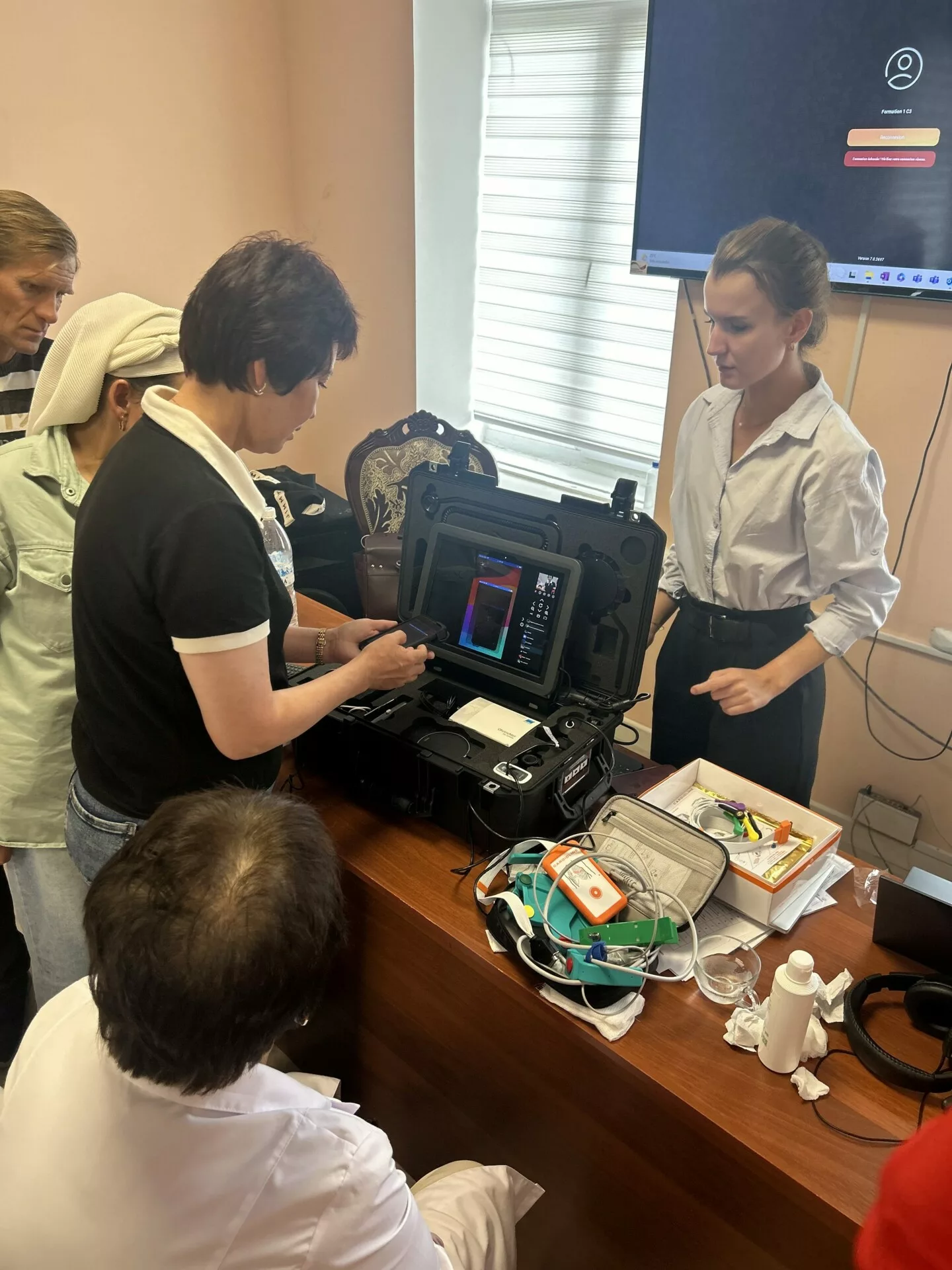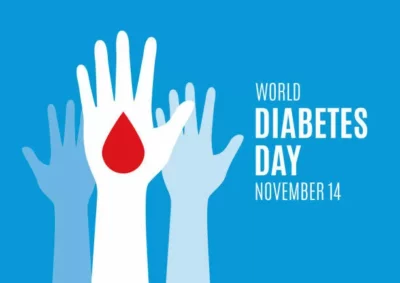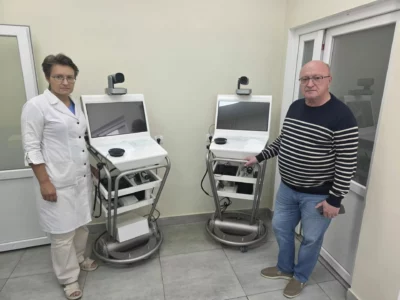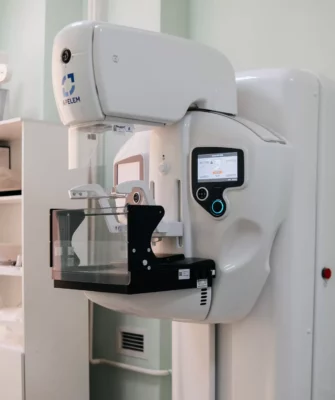- Institutional collaboration: develop a project in collaboration with the State, the region and the medical structures of the region. The project must be included in the health policy and organization of the country and the region and obtain the involvement of the various actors.
- Encouraging policies: ensuring the implementation of a policy for the coverage of teleconsultations that motivates doctors and hospitals, with the Ministry of Health, the funds and the insurance companies.
- Adapted solution: offer a high-performance, reliable, easy-to-implement and easy-to-use technical solution, meeting local constraints (particularly in terms of internet speed). This solution should make it possible to carry out a real diagnosis in at least 90% of cases thanks to connected objects, operated by a nurse, which will complement the video exchanges between the doctor and the patient.
- Support and training: support and train medical and paramedical staff to facilitate the appropriation of the solution and its use.
- Integration: Implement an integrated document scheduling, management, storage, and communication system with existing systems and applications. Teleconsultation is a mode of consultation that is added to existing management systems and tools. It must not disturb either patients or healthcare staff in their organisation and habits.
- Communication: communicate with the population about the existence of this mode of consultation, reassure about the tool and the process.
- Monitoring and evaluation: monitor, with the project team, the implementation and ramp-up of the service thanks to relevant indicators of volume, quality and satisfaction, and implement the necessary corrective actions.
7 keys to setting up a teleconsultation solution

-
Category
Articles
-
Published on
6 February 2024
In rural areas, which are often poorly served, the lack of general practitioners and specialists combined with the difficulty of travel hinders access to care for the population.
Teleconsultation addresses this problem by connecting a patient at a local health center with a doctor at a remote hospital. The implementation of an adapted teleconsultation solution makes it possible to improve the early diagnosis of certain pathologies and to better monitor the evolution of chronic diseases in these populations.



